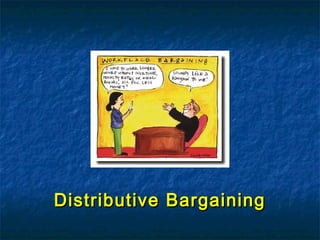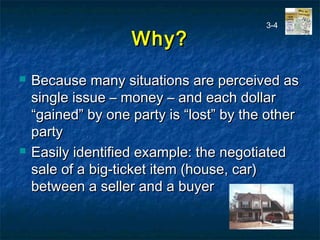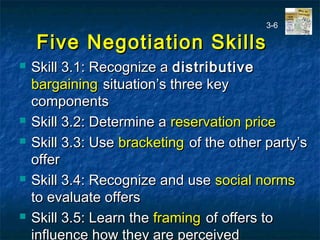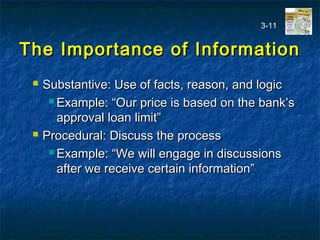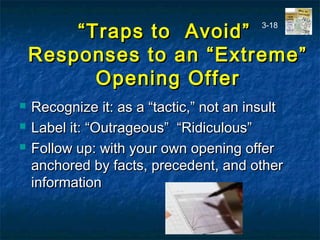Distributive bargaining is a negotiation method where two parties aim to divide a fixed resource pool, often resulting in a win-lose situation. The model includes recognizing the adversarial nature between parties, maximizing self-interest, and focusing solely on the current negotiation without concern for future relationships. Essential skills in this process include identifying the model's key components, determining reservation prices, and effectively framing offers.
